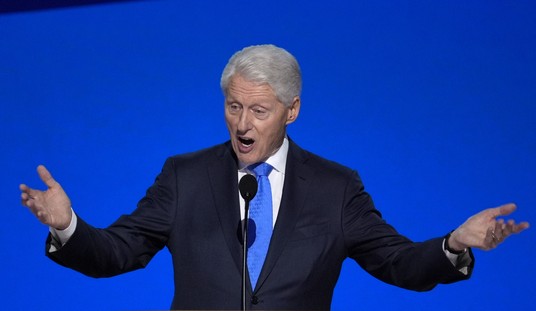ObamaCare advocates claim that putting government in charge of health care coverage and treatments won’t result in care rationing, while its opponents say rationing will be the inevitable result. The latter can point to California as evidence for their position. Facing enormous budget shortfalls, the state has ended subsidies for mammograms for poor women between 40-50 years of age, and will also freeze enrollments in a breast-cancer screening program for its Medicaid recipients:
The eligibility age for state-subsidized breast cancer screening has been raised from 40 to 50 by the California Health and Human Services Agency, which will also temporarily stop enrollment in the breast cancer screening program.
Advocates for low-income women, whose health care the department helps pay for, say the cuts put a two-tier system in place that is based on money rather than medical standards.
The cuts will greatly harm the clinic’s mammogram program, said Natasha Riley, manager of Vista Community Clinic’s Breast Health Outreach and Education Program.
The clinic and others like it in San Diego County provide reduced-cost care, mostly to low-income people, with money from the state and some private donations.
“More than 50 percent of the women we give breast exams and mammograms to are in their 40s,” Riley said. “The majority of our current breast cancer survivors are women in their 40s.”
The state followed the recommendation of the US Preventive Services Task Force, which claimed that regular mammograms created too much anxiety for women between 40 and 50. It also linked the decision to declining revenues from tobacco sales — no, really — which cut into funding for anti-cancer screening programs:
In its announcement, the state said the cuts were needed because of a projected budget shortfall for the California Department of Public Health, and from declining revenue from tobacco taxes.
However, it did not say how much money it expected to save.
Gee, what else have we built on the shifting sands of tobacco taxes? I wonder how the S-CHIP program is faring these days.
This is a great example of the difference between static and dynamic tax analyses. The former predicts a revenue from a tax that assumes that the tax won’t change the environment which produces the revenue, while dynamic tax analysis accounts for behavior changes when tax policies are applied. In this case, it’s actually worse; the tobacco-tax advocates argued both that increased taxes would discourage smoking while relying on a constant increase of revenue from the boost in tobacco taxes.
And now what we get is rationing, because the government created these programs based on rosy revenue projections that can’t be met.
Given Carly Fiorina’s recent statement on her experiences with breast cancer, I asked her campaign for a reaction to this decision:
“This is an example of what happens when the government’s role in healthcare decisions grows and the role of doctors and patients diminishes. With more government involvement cutting costs becomes paramount over quality of care. This situation underscores what is so critically wrong with the health reform legislation making its way through Congress now. It increases the role of government in our healthcare which is a recipe for higher taxes and lower quality of care. Instead, Carly believes any reform to our healthcare system should be focused on market-based reforms that prioritize quality of care and increasing access and choice.”— Julie Soderlund, Deputy Campaign Manager for Communications







Join the conversation as a VIP Member